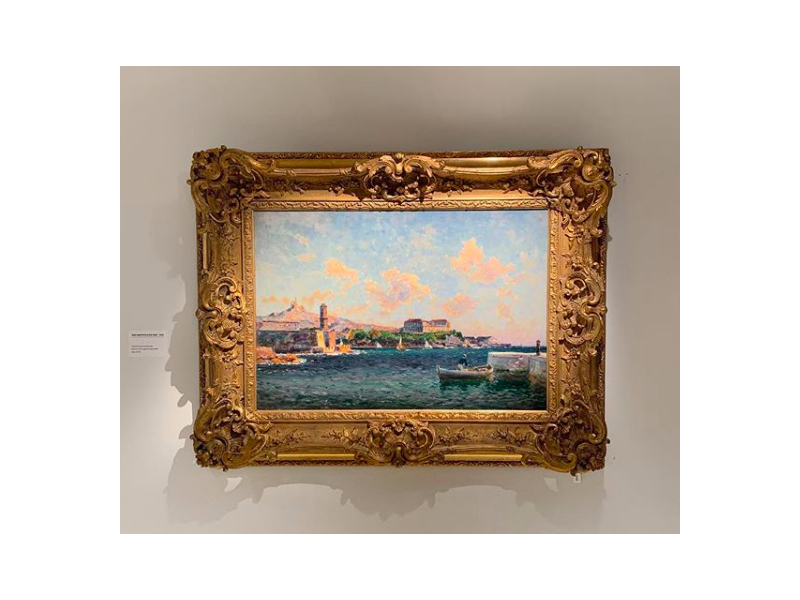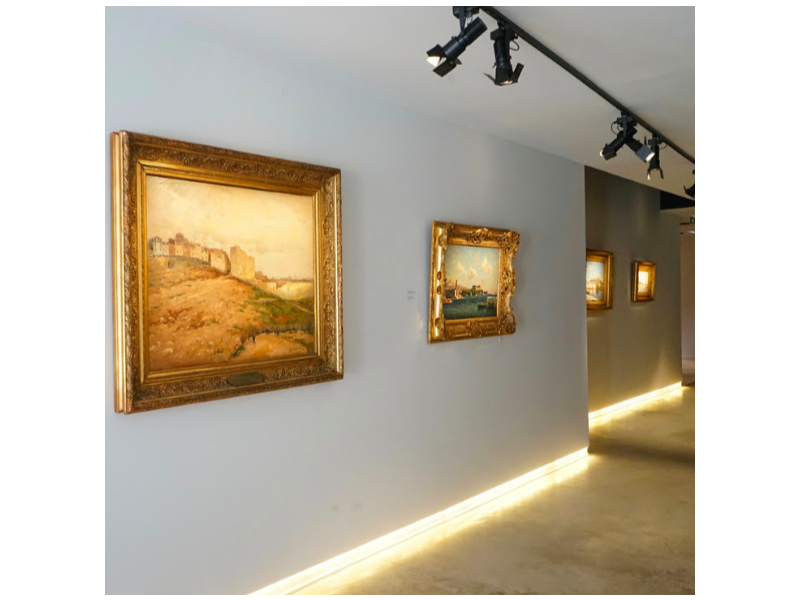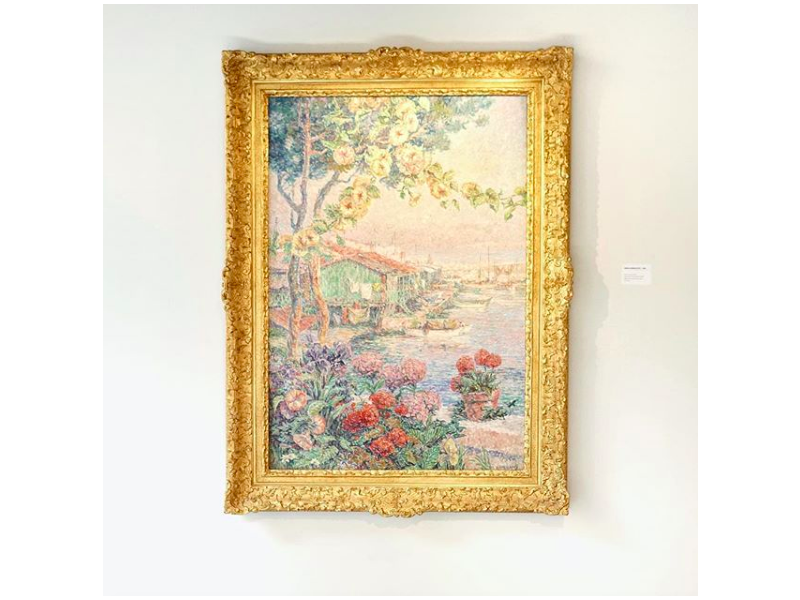In these troubled times, when the vast majority of us are confined to our homes, art can become a great means of escape. If you can't get out, you look out the window ... Isn't painting also a window?

In 1435, Leon Battista Alberti defined painting in his treatise Della Pictura as "an open window through which one can look at history. This founding treaty revolutionized Quattrocento painting and had a major impact on painting in the following centuries. Based on the perspective and illusion of reality, this new conception of painting makes the frame a fundamental element, both limit and articulation between the work and its environment.
This notion of window is also found in the etymology of the French word cadre, formerly spelled quadre, which comes from quadro in Italian (square) or quadrum in Latin, derived from quattor, which means four. This mathematical science of space, the perspective inherited from the Renaissance, must be done within the four edges of a defined framework. In 1540, the definition of the word frame was: "square opening, small window", definitively making the frame a structuring limit to a visual space.

"As a beautiful frame adds to the painting, Although it is a highly touted brush,
I don't know what strange and enchanted
By isolating it from immense nature "
Charles Baudelaire, "The frame", Les Fleurs du Mal

Like a window, the frame opens onto another place and allows the observation of a scene or a landscape without leaving its domestic comfort. It is a landmark that directs the gaze and invites you to contemplate an external world, real or pictorial.